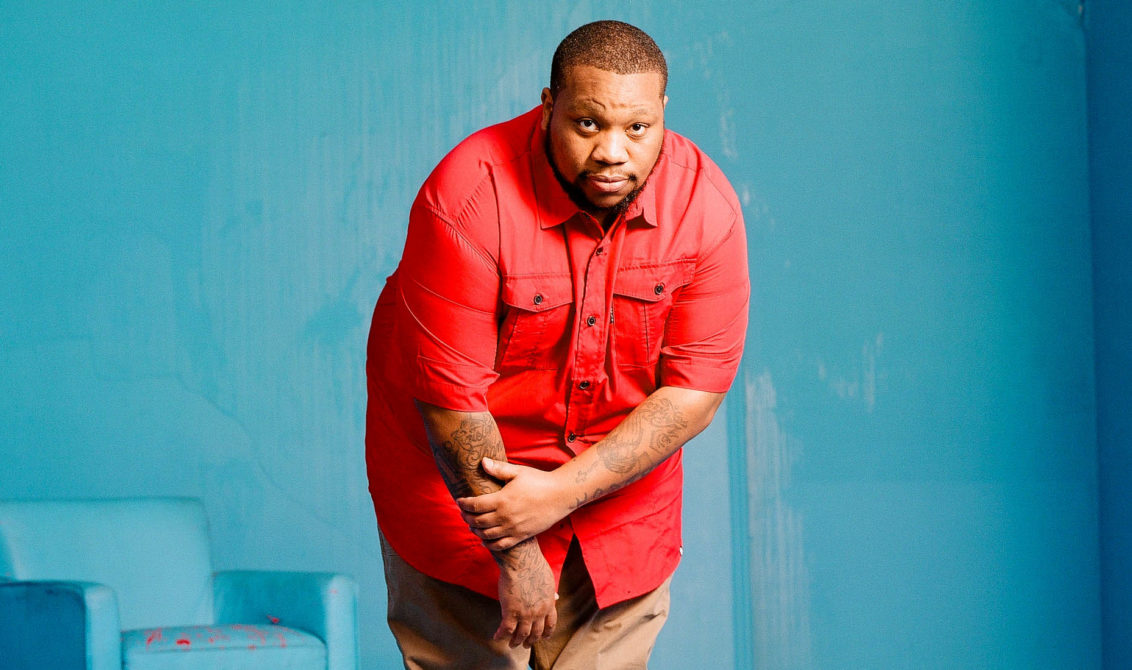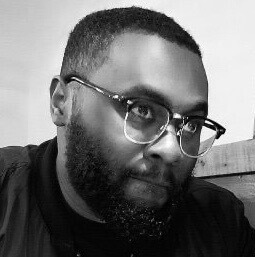 By Jamel Smith
By Jamel Smith
August 31, 2022
Photo: Tobias Rose
Rapper Big Pooh is an expert on life’s ebbs and flows. Over the last 20 years, the 42-year old rap multi-hyphenate has been lauded and overlooked. He’s toured the globe as a world-renowned rapper and traversed North Carolina as a driver. He’s surely no stranger to life’s duality. In fact, it keeps him grounded and refreshingly aware, an anomalous quality for someone of his cultural magnitude. However, it is this exact life approach that has people raving about his latest solo studio album, To Dream in Color.
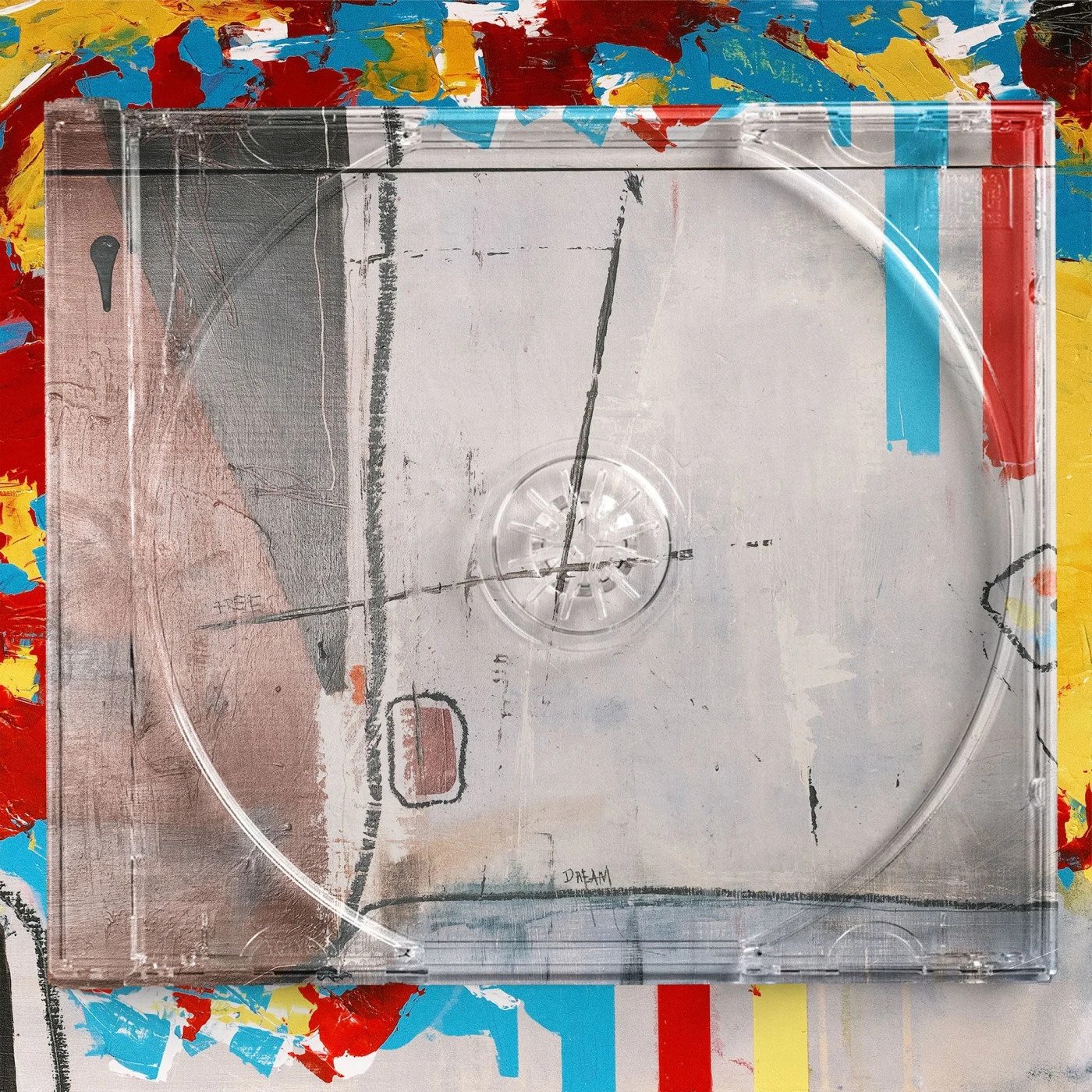
The ten-song album– featuring appearances from J.Smash, Jared Evan, Blakk Soul, Tre’mar, and BeMyFiasco– is the result of a two-year journey of introspection. The result is an enthralling, poignant exploration of a rapper’s life’s journey from boy to man and, according to Big Pooh himself, “his most personal body of work.”
Though To Dream in Color values brevity over verbosity with its 30-minute runtime, its content packs a profound punch with themes around life, relationships, and industry. But how did Rapper Big Pooh even get to this point?

Pooh was about to start the second leg of the Little Brother May The Lord Watch tour when the news broke of the pandemic, immediately halting his trek around the globe. The tour’s cancellation allowed Big Pooh to pivot to his own creative endeavors at the behest of his Little Brother group member, Phonté.
Pooh began revisiting old ideas and demos from a project he started with producer Nottz in 2016. However, after a conversation with Phonté, he decided to scrap the project and start over from scratch: “As I went back to those records, and I was thinking about finishing them up, [Phonté] came to me and was like, ‘Yo, man, I think you should start over. You’re a different writer now. If you start over, you’re going to make the record that you want to make versus finishing up this record that isn’t exactly you at this point.’”
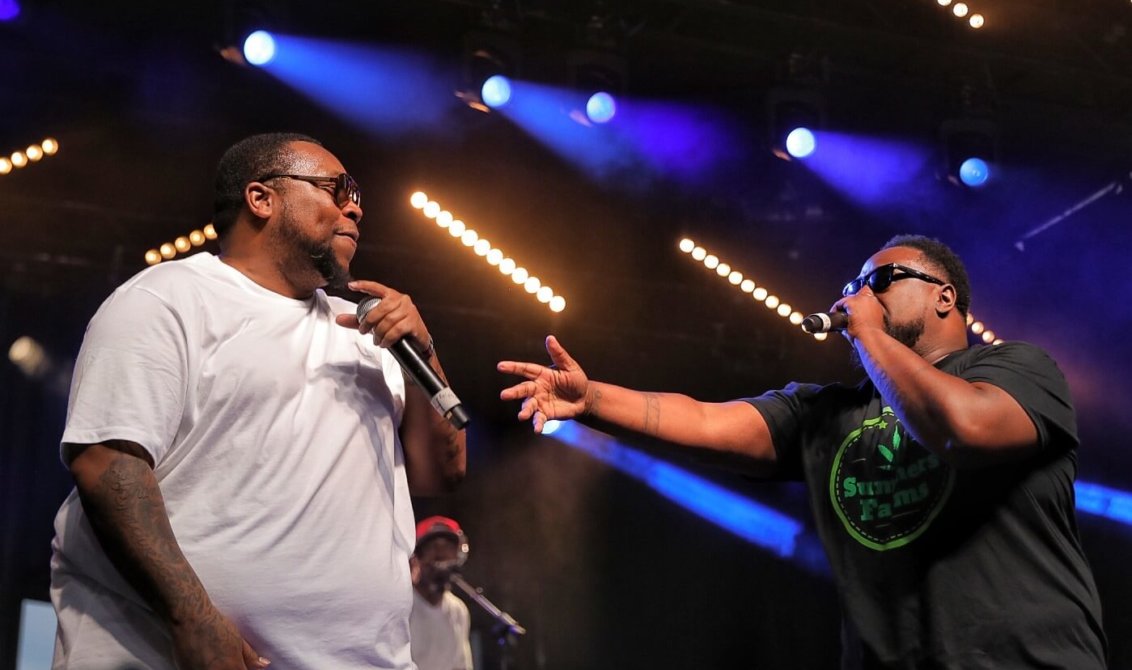
Phonté was right. Big Pooh was different. “I’m in a different place in my life. So I can approach these topics way differently; with more layering,” he said. “I have a different type of respect for some of the situations I was in because my perception has changed.” To Dream in Color quickly converted into a 2.0 version of Big Pooh as a rapper, writer, and human.
Displayed over some of the most thoughtful productions you will hear this year– courtesy of The Nukez, Westtopher, Praise, The Mighty DJ D.R., The Mercenaries, and DK The Punisher– is Big Pooh front and center, exposing some of his life’s most personal accounts. The first track “Dreaming in Color” establishes Pooh as the main character, as he reflects over rap dreams of “getting five stars in hip hop’s bible.” The song also reveals the figure that ultimately fueled his audacity to dream– his grandmother (“Rosie always told me that I was a star / And no matter where you go, remember who you are”).
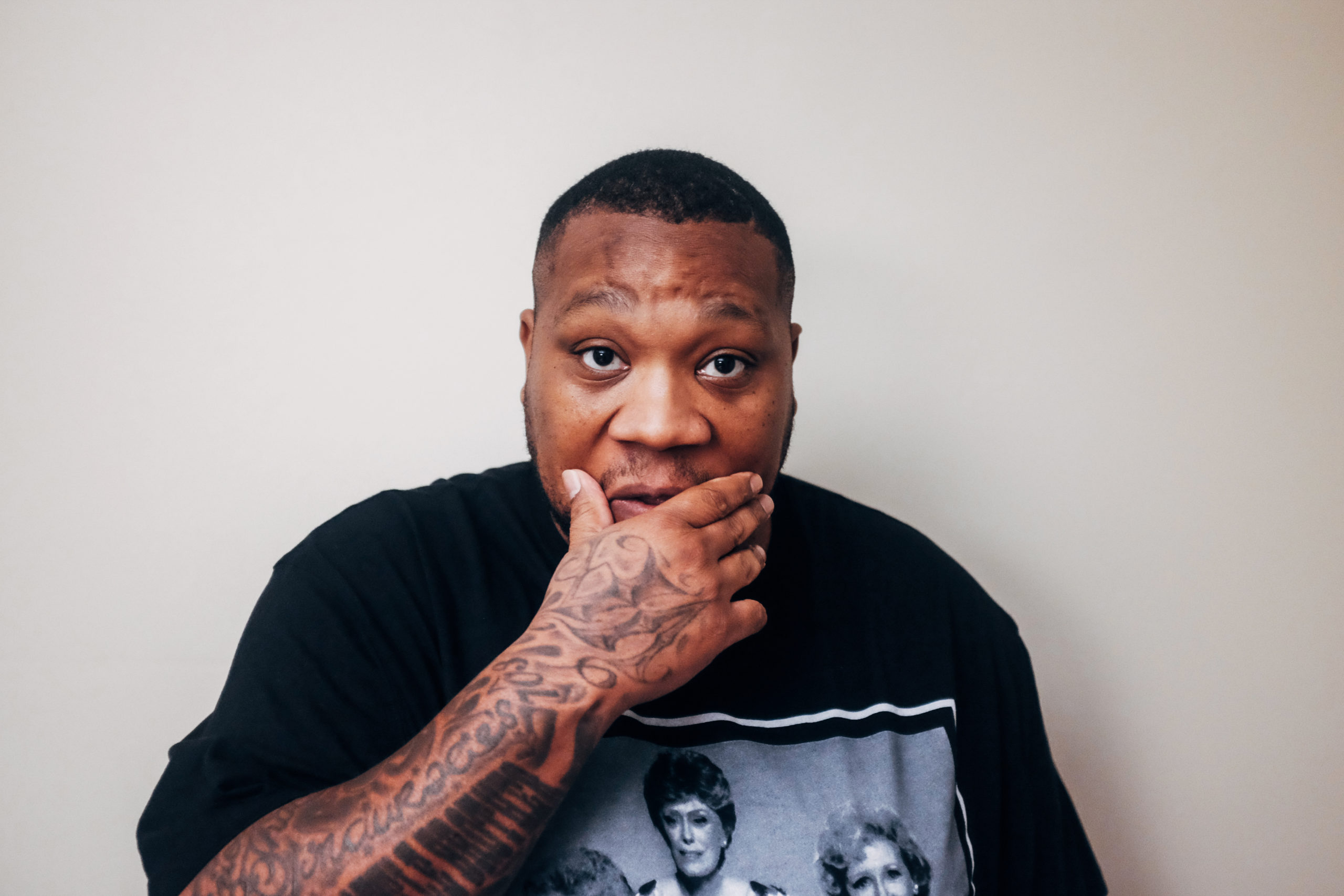
Big Pooh’s life has proven to be a concatenation of serendipitous moments. One of those moments included a divine derailing from Norfolk, Virginia to Durham, North Carolina. In the summer of 1998, he was planning to attend Old Dominion College until an intervention between Pooh, his mother, and a couple deacons at his church resulted in him accepting a scholarship to North Carolina Central University. According to Pooh, this bout of serendipity was the span of a week. Pooh credits the moment “God’s timing.”
The following fall, he started at North Carolina Central University where he eventually met Phonté and 9th Wonder and formed Little Brother, a group that has been influential to some of rap’s biggest acts over the years.
Rolling Stone recently released an article celebrating the near 20th anniversary of Little Brother’s seminal 2003 debut album The Listening. The article praised the North Carolina rap group’s sonic foresight and influence, citing Kendrick Lamar and Drake as beneficiaries of their, often thankless leg work. “The fact that we are in Rolling Stone when they wouldn’t have even spit on us if we were on fire in 2003… the fact that we’re getting that coverage at this point in our careers from that platform is just wonderful. It’s f*cking humbling, bro,” said Pooh.
In To Dream in Color’s final and most touching moment (“In Surround Sound”), Pooh reflects on the highs and lows of his decades-long relationship with Phonté. The two friends rekindled their friendship after five years of silence in 2016. Pooh endured a health scare in 2013 and with the death of Phife Dawg of A Tribe Called Quest– another group with a frayed history– he decided to send a text to Phonté. “We ended up getting on the phone, probably like, two days later. And it was just about us rebuilding our friendship and brotherhood for the next two and a half years,” Pooh said. “We didn’t do anything musically. Nothing. Until after that show in 2018.”
“That show” was the Little Brother reunion that surprised thousands of festivalgoers who attended the Art of Cool Festival in 2018. However, what many did not know is that three hours prior to their appearance, Pooh dropped off his first and last Uber ride for the day. Through another series of serendipitous moments, Pooh went from being an Uber driver in Charlotte to rocking the stage with Little Brother in Durham with two hours and 15 minutes in between. Despite not speaking to each other in two years and not performing together in 15 years, Pooh described the experience as being a “natural thing”– a “thing” the two carried into creating their critically acclaimed fifth studio album as Little Brother, May The Lord Watch, released in 2019.
Pooh and Té’s comfortability transfer seamlessly into To Dream in Color, as Phonté serves as one of the executive producers, a decision that was unanimously decided upon by Pooh himself: “I told [Phonté], ‘Look, man, if I’m doing this project, I definitely want you to executive produce it.”
Rapper Big Pooh
“To Dream In Color” available now!!! https://t.co/H9kztdZV8B pic.twitter.com/KQ3evLpLzN
— Rapper Big Pooh (@RapperBigPooh) August 26, 2022
Historically, rap has been a genre catered to and perpetuated by youth culture. This reality initially unnerved the 42-year-old rap veteran: “It’s some scary sh*t knowing people are gonna listen, judge, and maybe take something away from it that I didn’t intend.”
Nevertheless, Big Pooh is standing ten toes in his desire to simply “be understood” as an artist and a person who has lived life. And To Dream in Color seizes the opportunity to do so in colorful fashion.
Stream To Dream in Color, the new album by Rapper Big Pooh.
Read next:
